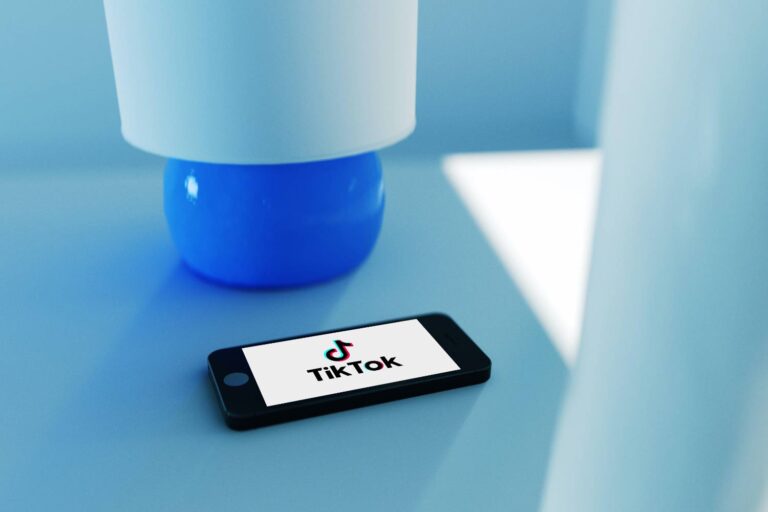Introduction
In an era where technology is rapidly evolving, the concepts of the Metaverse, Virtual Reality (VR), Augmented Reality (AR), and Non-Fungible Tokens (NFTs) are making headlines across various industries. These groundbreaking technologies are creating immersive experiences that have the potential to revolutionize how medical companies and hospitals deliver healthcare services.

What is the Metaverse?
The Metaverse is a virtual universe where individuals interact through digital avatars, navigating an expansive, interconnected virtual world. Think of it as the next evolution of the internet, where users can socialize, work, play, and engage in various activities, all within a seamless digital environment.
NFTs are digital assets that represent ownership of unique items or experiences within this virtual realm.


Virtual Reality (VR) in Healthcare
Key Uses in Healthcare:
-
Medical Training & Simulation
Surgeons can practice complex procedures in a risk-free virtual environment before operating on real patients — reducing errors and improving skills. -
Pain Management
Patients dealing with chronic pain or undergoing procedures can immerse in calming VR environments to distract the brain and reduce the need for strong painkillers — helping address the opioid crisis.
Augmented Reality (AR) in Healthcare
Key Uses in Healthcare:
-
Medical Education
Students can study anatomy with 3D models layered over physical specimens. -
Surgical Assistance
AR can project critical patient data or 3D visuals directly into the surgeon’s view during operations. -
Patient Awareness
AR helps patients visualize their conditions and treatment plans, resulting in better understanding and cooperation.

The Role of Metaverse & NFTs in Healthcare
1. Global Collaboration
Doctors and researchers worldwide can meet in Metaverse spaces to collaborate, share insights, and solve complex medical problems together.
2. Virtual Medical Conferences
NFTs can provide secure, tokenized access to exclusive medical seminars in the Metaverse — making it accessible globally and opening new revenue streams.
3. Health Data Security
With blockchain and NFTs, patients can own and control their medical records — sharing them only with authorized providers.
4. Telemedicine in the Metaverse
Patients can consult with doctors in 3D virtual clinics, enhancing interaction compared to traditional video calls. NFTs can even represent digital consultation assets.
5. Wellness NFTs
Fitness routines and health programs can be tokenized, allowing users to own or trade customized digital wellness assets.
Conclusion
The Metaverse, VR, AR, and NFTs are reshaping the healthcare landscape. These technologies bring innovative ways to:
Train medical professionals
Enhance patient care
Make healthcare more secure and personalized
Hospitals and medical organizations embracing these tools will be better equipped for the future. The Metaverse isn’t just virtual — it’s a bold new frontier for digital health.











